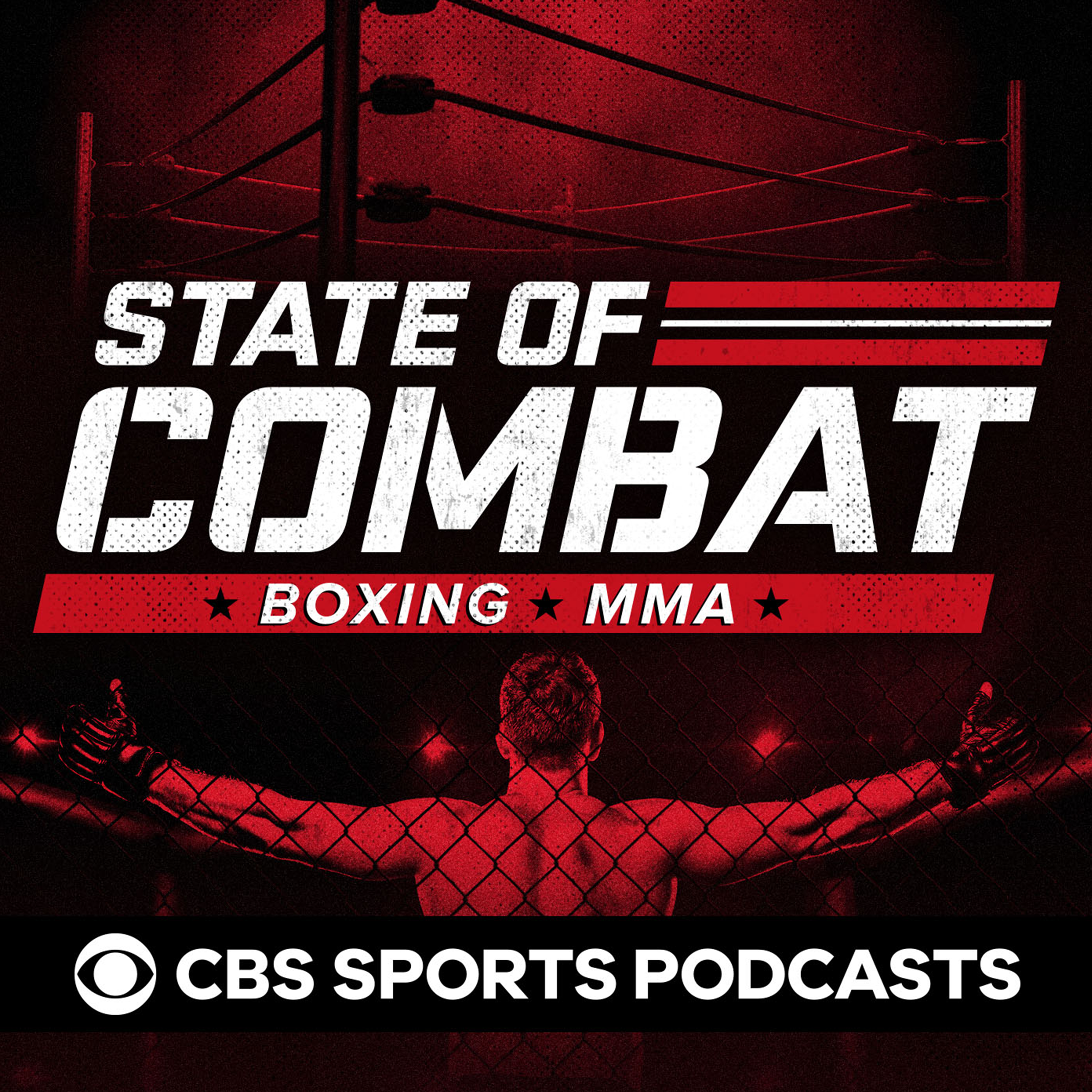
Each time they’re thrown, they slowly get angrier and angrier, until they begin flashing. However impressive this may be, the most important weapons are little smiley faces which bounce all around the screen and cannot be destroyed. You’re “aided” by an omnipotent figure called the “God Hand”, which, similar to the artists’ brush from the classic Looney Tunes cartoon Duck Amuck, will appear on the screen and draw new items into existence, including missiles and miniature ICBMs, which cause mini nuclear explosions. You can pick up and chuck bad guys at other bad guys, damaging them all in the process, but it’s more fun to toss around the rocks and other bits of debris that litter the playing field. You can also alter the type of throws by holding the pad in different directions – press it towards an enemy, and you’ll execute a quick but weak lob, but hold away and you’ll toss a slow but extremely damaging attack. Whenever you pick up something, you’ll automatically toss it at the closest object, with its trajectory displayed as a red arrow. It’s a bit like a super chaotic match of dodgeball, but without the boundaries that would usually separate the teams.Īlthough your characters have a handful of melee attacks, most of the action is focused on tossing objects around the screen. If you time your actions just right, you can also catch anything thrown your way and toss it back at the attacker. This is all pretty important, because there’s always a lot going on. Although the action is usually zoomed in, the camera can pull out so you can keep track of all of the action, and you can rotate the angle with the shoulder buttons. As you beat the single player mode, you’ll slowly begin unlocking the rest of the characters, except for the final boss.Įach stage consists of a square playing field, usually flat, with some occasional trees or towers off in the corner. Sometimes you fight them mano-a-mano – other times, you’ll face up to three of them at once.

In the beginning, there are only four characters to choose from, as you work your way through the remaining dozen or so characters. Despite the rough-draft quality of all of the characters, they’re easily identifiable as works of Treasure’s inhouse artist Han, who illustrated the designs for nearly all of their previous games. It’s almost like a coloring book come to life – even when standing still, the scribbles continue to animate, like a coloring books come to life. The big draw is its unique art style – each characters are paper thin, crayon colored, animated little scribbles (“rakugaki” is the term for artistic doodles in Japanese) who hop around maniacally and do anything and everything in their power to destroy the others characters. Released in 1999 in Japan for the PlayStation, it’s a multiplayer arena combat game, not too dissimilar to Capcom’s Power Stone. The game advances even if the player answers questions incorrectly.Rakugaki Showtime might be one of Treasure’s most obscure titles. By correctly answering trivia questions about the Book of Joshua (and other books such as Numbers and Deuteronomy), the player earns Bibles. The obstacles to these goals are movable boulders, immovable barriers, destructible objects, enemy soldiers, citizens, goats, et al.Īfter each game level (including the final one) is a Bible quiz. With all these attained, he navigates to the exit. He must also collect five "Joshua questions". To advance in the game, Joshua must pillage enough gold, silver, brass, and iron to meet the quota for the level. Occasionally, destroying a block with a trumpet blast reveals an item or power-up.Īll the levels have a time limit. The trumpet blasts are symbolized by white quavers. Joshua's trumpet blasts (called "toots" in-game) also destroy blocks of Jericho's wall "Israelite discontent", " Achan's sin", and "foreign idols" ( cult images) are likewise represented by destructible tiles. Enemies include Amorites, Hittites, and other Canaanites Balaam features as a slightly more powerful enemy. He attacks enemies and destroys obstacles with blasts from a shofar (a Jewish ceremonial horn). Whereas in Crystal Mines the player character is a gun-wielding robot who mines a newly discovered exoplanet, Joshua is a tribal leader of Israel who infiltrates and pillages the city of Jericho. Unlike Crystal Mines, the game has no background music. The game has 100 levels, 100 quizzes, and 10 bonus stages.
HARDCORE GAMING 101 PATRICK HOLLOWAY PASSWORD
In addition to changes in theme, graphics, and game mechanics, Joshua introduces a password feature for revisiting a game level. The game is a redesign of Crystal Mines (1989), a title developed by Ken Beckett for Wisdom Tree's predecessor, Color Dreams.


 0 kommentar(er)
0 kommentar(er)
